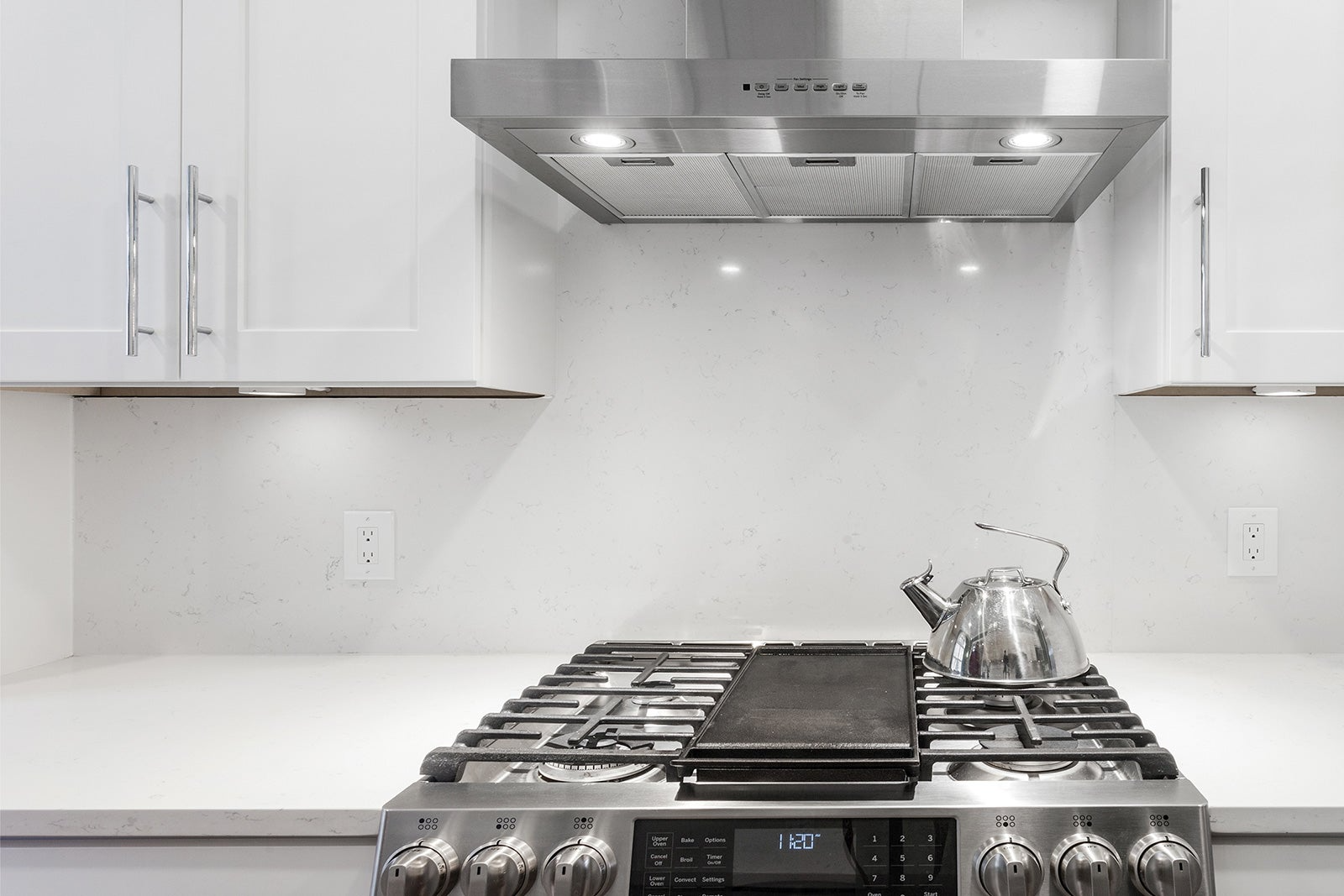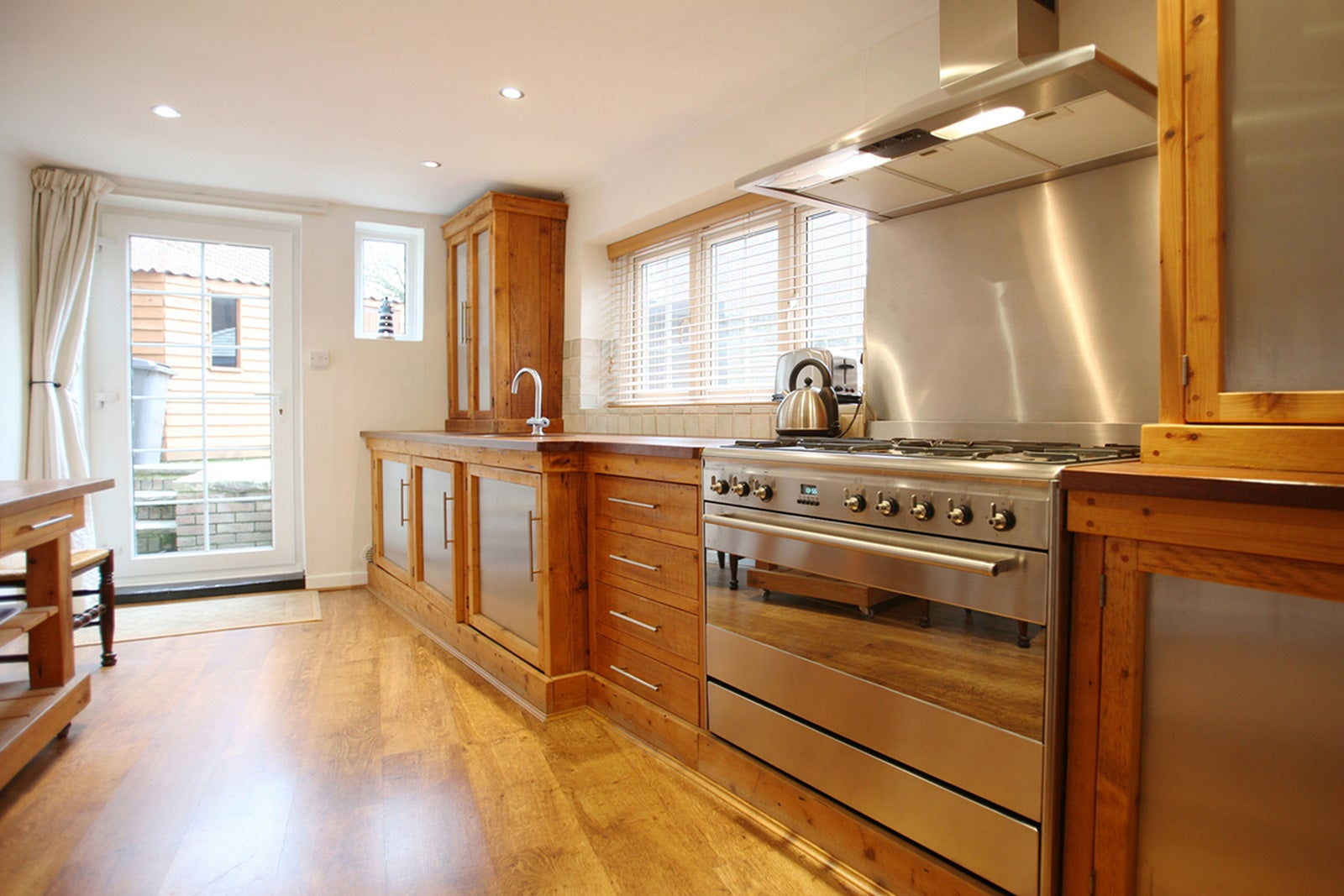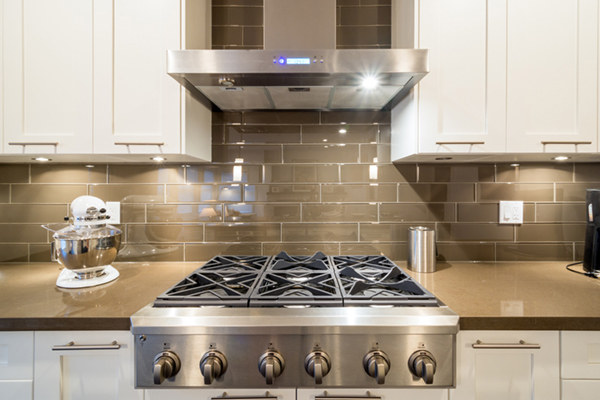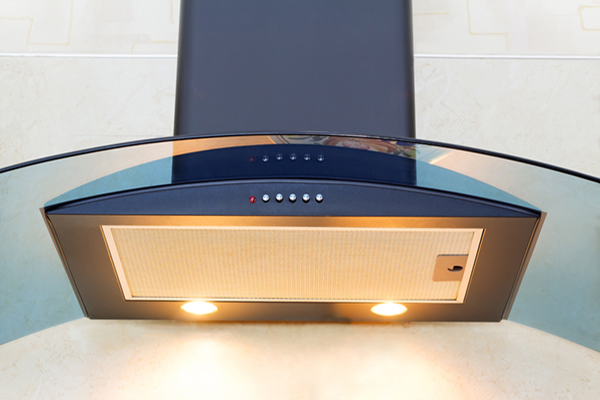
7 Helpful Tips for Choosing a Range Hood

If you’ve ever set off the smoke alarm in your kitchen, you already know how important having a range hood really is. But how do you know which range hood is right for you? As you weigh your options, keep these key considerations top of mind.
1. The Exhaust System
A ducted exhaust system, also sometimes called a vented system, uses ducts to channel air away and out of the home. “Out” being the key word here. In other words, you can’t vent into another interior space of your home such as an attic. If you have a ducted system, you can probably already guess that it’s best to mount your kitchen hood to an exterior wall. That way, the ducting is shorter and more efficient. The further away you get from an exterior wall, the more complicated and more expensive the ducting and hood installation will be.
With a duct-free exhaust system or non-vented system, the air is filtered, cleaned and then returned to the kitchen rather than being directed outside. As you might imagine, these systems are generally less efficient than ducted systems, and they require more maintenance with regular cleaning and filer replacement. So it’s good to know up front what you can expect.

2. Your Kitchen Layout
Your kitchen layout will determine how much space you have to work with and how best to fit your oven hood into place. A good rule of thumb is to aim to mount the hood between 24-30 inches above the cooktop, but always read the manufacturer’s recommendations to be sure.
Depending on the configuration kitchen vent hoods can be mounted on a wall, incorporated into your cabinets, made part of an overhead canopy or suspended from the ceiling over island cooktops. There are even telescoping chimney hoods that can be expanded when in use or retracted and hidden out of the way when they’re not needed. Another clever, space-saving option is a downdraft kitchen hood. It’s designed to come up from a special slot in the work surface and conveniently stow away when the cooktop’s not in use.

3. Fan Power
The size of the space will dictate how powerful the exhaust hood fan needs to be to clear the air and help prevent strong cooking odors. To determine what your needs are, multiply the kitchen ceiling height by the length and width of the room. This will give you the volume of your kitchen.
Kitchen Ceiling Height X Width of the Room = Volume of the Kitchen
Ideally, you should choose a range hood that is capable of replacing or cleaning the air in that space no less than eight times every hour.
4. Calculate Kitchen Hood Energy
You can work out how much air a kitchen hood can extract per hour with a little simple math and the fan’s CFM is a measurement of fan power and stands for “Cubic feet per minute.” For example, an exhaust hood fan with a1,000 CFM can remove all of the air from an area that is 10ft x 10ft x 10ft in one minute. To determine how much air a particular hood can replace per hour, simply multiply that CFM by 60 (the minutes in one hour).
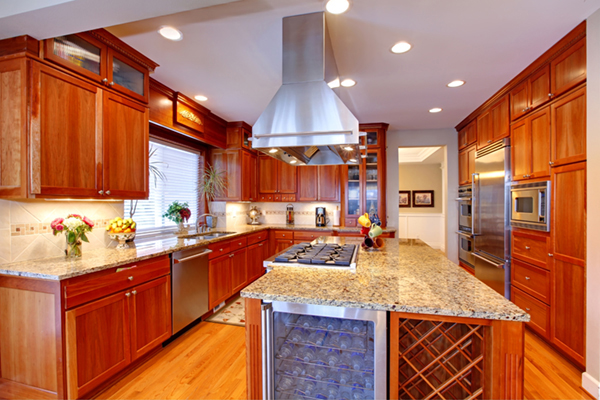
Thinking about coverage?
Sounds like a plan. Find the warranty that fits you best.
5. Consider Range Hood Noise
You could choose an extremely powerful oven hood, but if it sounds like a small aircraft taking off every time you use it, it’s probably not worth it. Instead, experts suggest choosing a model that works by drawing air towards the edges or perimeter of the hood instead of moving it over a large are. Not only does this make the hood more efficient, it also helps reduce the noise level. Whenever possible, take the hood for a test run in the showroom or store before you bring it home.

6. Range Hood Styles
Naturally, you’ll want a vent hood that coordinates with the look of your kitchen and speaks to your personal taste. So you’ll want to consider the various finishes available on the market and the maintenance involved in keeping them clean. Things like, a brushed or shiny finish, the material choice, i.e., stainless steel or brass, etc. You’ll also want to keep in mind the overall look, meaning whether or not it’s modern or traditional for example, or if it fits nicely with your home’s general architectural style. Lastly, you may want to consider how seamlessly you want it to be incorporated into the kitchen. If you’re looking to make a bold statement, you may want to pick something that stands out from the rest of the décor and choose a dramatic color or prominent placement.
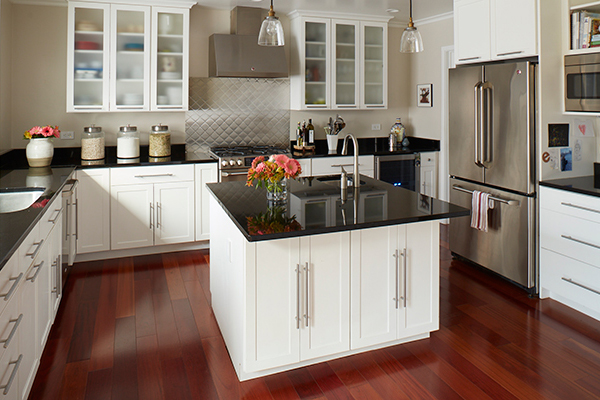
7. Consider Costs
Like almost anything else you purchase for the home, cost can vary widely. Size, power, materials and special hood features like heat sensors, automatic shut off and type of built-in lighting will all affect the cost of the hood. Do your research and compare pricing online before you go to the store so you can get an idea of what you can expect to spend. Don’t forget to factor in installation into the equation. This may be a job best left to the experts. Just remember that the labor and materials, like connectors and fittings, can quickly add up to more than the cost of the hood itself.
Sources:
Houzz
DIY.Stack Exchange
Kitchen Remodel Ideas
Today's Homeowner
Signtaure Hardware
Houzz
AHS assumes no responsibility, and specifically disclaims all liability, for your use of any and all information contained herein.
Don't Worry. Be Warranty.
Have a plan for your home when things don't go according to plan
Shop Home Warranties